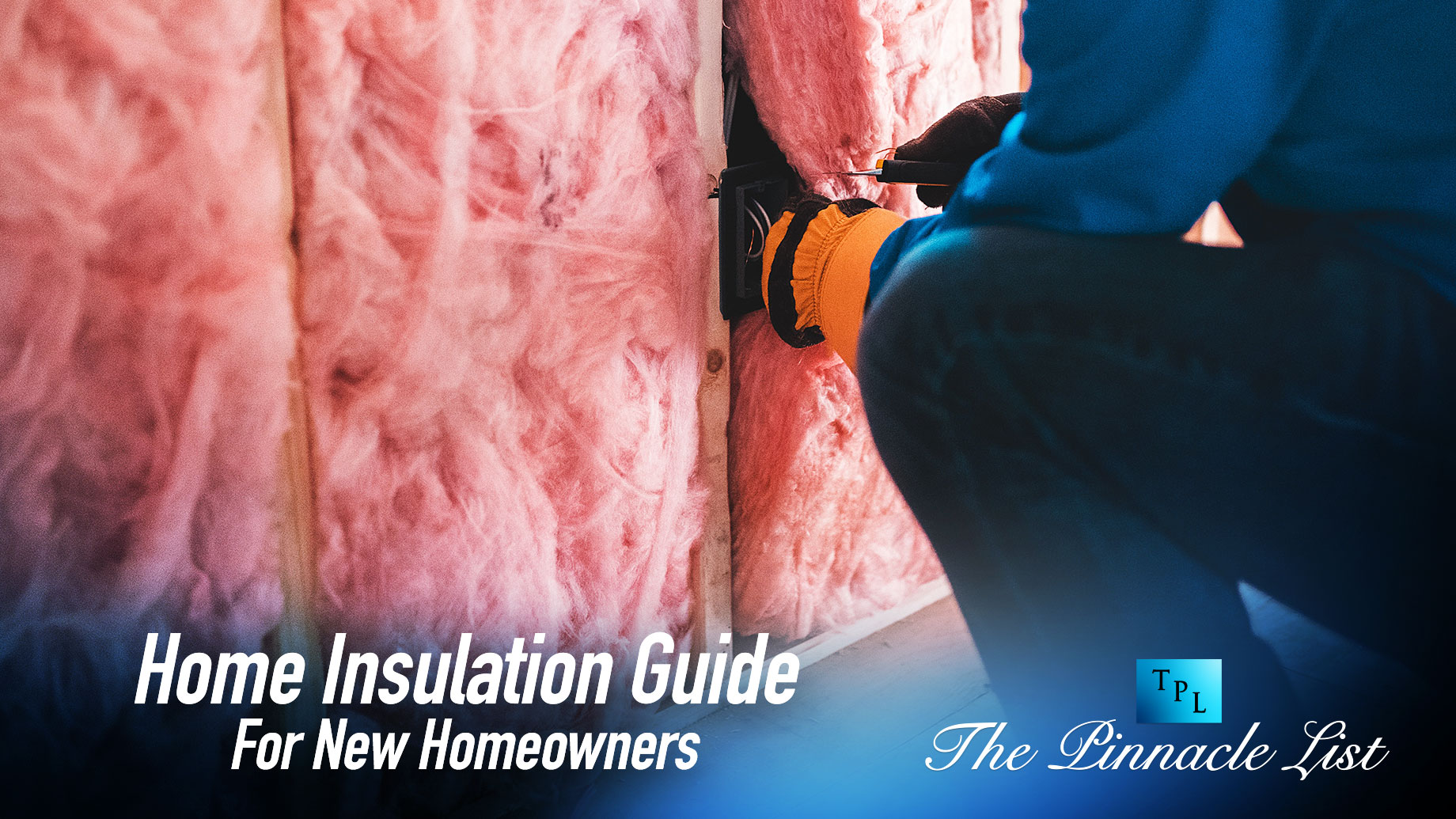
As a new homeowner, it’s essential to understand the importance of proper insulation in maintaining a comfortable, energy-efficient home. Insulation plays a crucial role in reducing heat transfer, keeping your home warm in the winter and cool in the summer. In this article, we will provide a comprehensive guide to home insulation, covering different types of insulation materials, their applications, and tips for improving your home’s energy efficiency.
1. Types of Insulation Materials
There are several types of insulation materials available, each with its own advantages and disadvantages. Some common insulation materials include:
- Fiberglass: Made from fine glass fibers, fiberglass insulation, is one of the most common and affordable options. It can be found in batts or rolls and is easy to install. However, it may not be the best choice for insulating irregularly shaped areas.
- Cellulose: This eco-friendly option is made from recycled paper products treated with fire-retardant chemicals. It can be blown into walls or attics, making it an excellent choice for insulating existing homes without the need for extensive renovation.
- Spray foam: Available in open-cell and closed-cell varieties, spray foam insulation expands upon application, filling gaps and providing an air barrier. While more expensive than other options, it offers superior insulating properties and can be used in hard-to-reach areas.
- Rigid foam board: Made from various materials, such as polystyrene or polyurethane, rigid foam boards provide excellent insulation but require professional installation. They are ideal for insulating basements, exterior walls, and roofs.
2. Understanding R-Values
The effectiveness of insulation material is measured by its R-value, which indicates its resistance to heat flow. The higher the R-value, the better the insulation. Different regions have specific R-value recommendations based on their climate, so it’s essential to choose insulation with the appropriate R-value for your area. According to experts at iFOAM, “Spray foam insulation has been rated to have the highest efficiency and R-value when compared to other insulation products and its intuitive design allows it to create an airtight seal even in tricky and problematic spaces.”
To find the recommended R-value for your region, consult the U.S. Department of Energy’s insulation guidelines or speak with a local insulation professional.
3. Insulating Key Areas of Your Home
Proper insulation should be installed throughout your home, with a particular focus on the following key areas:
- Attic: Heat rises, making the attic one of the most significant sources of heat loss in a home. Ensure adequate insulation in the attic to minimize heat transfer and improve energy efficiency.
- Walls: Insulating exterior walls can help maintain a comfortable indoor temperature and reduce energy consumption. Consider adding insulation to interior walls for additional soundproofing and privacy.
- Floors: Properly insulating floors can help prevent drafts and maintain consistent room temperatures. This is especially important for rooms above unheated spaces, such as garages or crawl spaces.
- Basement and crawl spaces: Insulating these areas can help prevent moisture problems, reduce heat loss, and improve overall energy efficiency.
A reputable insulation company should be able to work efficiently and effectively. They should be able to know which areas should be insulated to maximize your home’s energy efficiency.
4. Sealing Air Leaks
In addition to proper insulation, it’s essential to seal any air leaks around your home. These leaks can compromise your insulation’s effectiveness and lead to increased energy consumption. Some common areas to check for air leaks include:
- Windows and doors: Ensure weatherstripping and caulking are in good condition and replace them if necessary.
- Electrical outlets and switches: Install foam gaskets behind the outlet and switch plates to reduce drafts.
- Plumbing and ductwork penetrations: Seal gaps around pipes and ducts with caulk or expanding foam insulation.
- Attic hatch or door: Ensure a tight seal and proper insulation to prevent drafts and heat loss.
5. Insulation Maintenance and Upgrades
Regularly inspect your insulation to ensure it remains in good condition and provides optimal performance. Look for signs of damage, such as water stains, mold, or compressed insulation material, and address any issues promptly.
If your insulation is outdated or insufficient, consider upgrading to a more efficient material or adding additional insulation to improve your home’s energy efficiency.
Conclusion
As a new homeowner, understanding the importance of proper insulation and how to maintain it can significantly impact your home’s comfort and energy efficiency. By familiarizing yourself with these tips, you can create a comfortable living environment while minimizing energy costs. Regular maintenance and upgrades will ensure that your insulation continues to perform effectively for years to come.